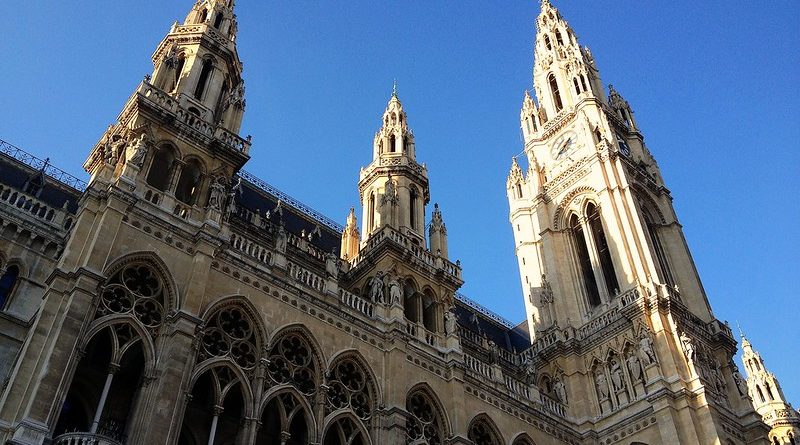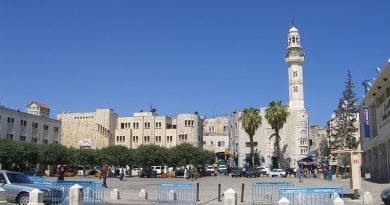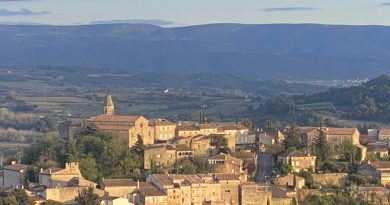The Austrian Empire and the Grand Buildings of Vienna
After the French Revolution and wars with Napoleon, the cards among the European monarchs where reshuffled and control over land and different multi-national groups decided a new.
The Austrian Empire emerged equally shaken as other monarchies by the upheaval of war and unrest, yet continued to prosper through land seizures and trade.
The wealth can be seen in Vienna’s architecture all around the city, but particularly in the residence of the Emperor himself.
Franz Josef I was born in 1830 into the House of Habsburg, a family dynasty that ruled many territories inside and outside the Holy Roman Empire. In 1804, it was formally unified into the Austrian Empire, and would later emerge as the dual monarchy of Austria and Hungary.
When the young Franz Josef took the throne in 1848, he was immediately faced with many challenges, which would continue through his 68-year reign as Emperor, one of the longest in history.
Schönbrunn Palace was the second residence of Franz Josef I and his wife Elisabeth, next to the Hofburg (Imperial Palace) here in Vienna.
The palace is a UNESCO World Heritage site and Austria’s most visited sight. The building has always fully been preserved in its original historical structures and interiors and shows the enormous wealth that the Austrian Empire amassed during its height of power. It shows the official and private rooms of the royal family, galleries and ballrooms, and abeautiful park with its own labyrinth.
The Schönbrunn Suite is the only place in Europe where you can hire out a suite and walk in an Emperor’s footsteps for a day and sleep in its heavenly silk sheets for a night.
The wealth of the former Austrian Empire can be best admired on the Ringstrasse, where one splendid building after the other catches the visitor’s eye. The Ringstrasse celebrated its 150th anniversary in 2015, it is considered the world’s largest open air museum – nowhere else in the world can one find all nation’s grandest buildings standing along a single street.
During the last 150 years, all of the social changes that have taken place were reflected in this great boulevard. Each buildings has its own story to tell, of workers who lived under slave-like conditions, of Jewish families who lived here and were expropriated and deported by the Nazis, of wealthy merchants and an upper class that enjoyed the increasing standard of living in the 19th century.
One of the best ways to see the Ringstrasse is actually the Tram, which started operating as early as 1865 with horse carriages and before its modernisation by the revolution of steam and electrical engines in the decades to come.




